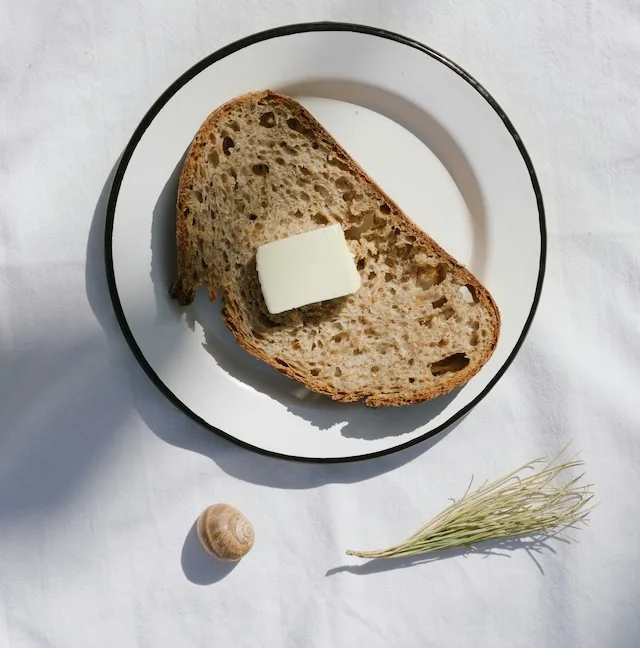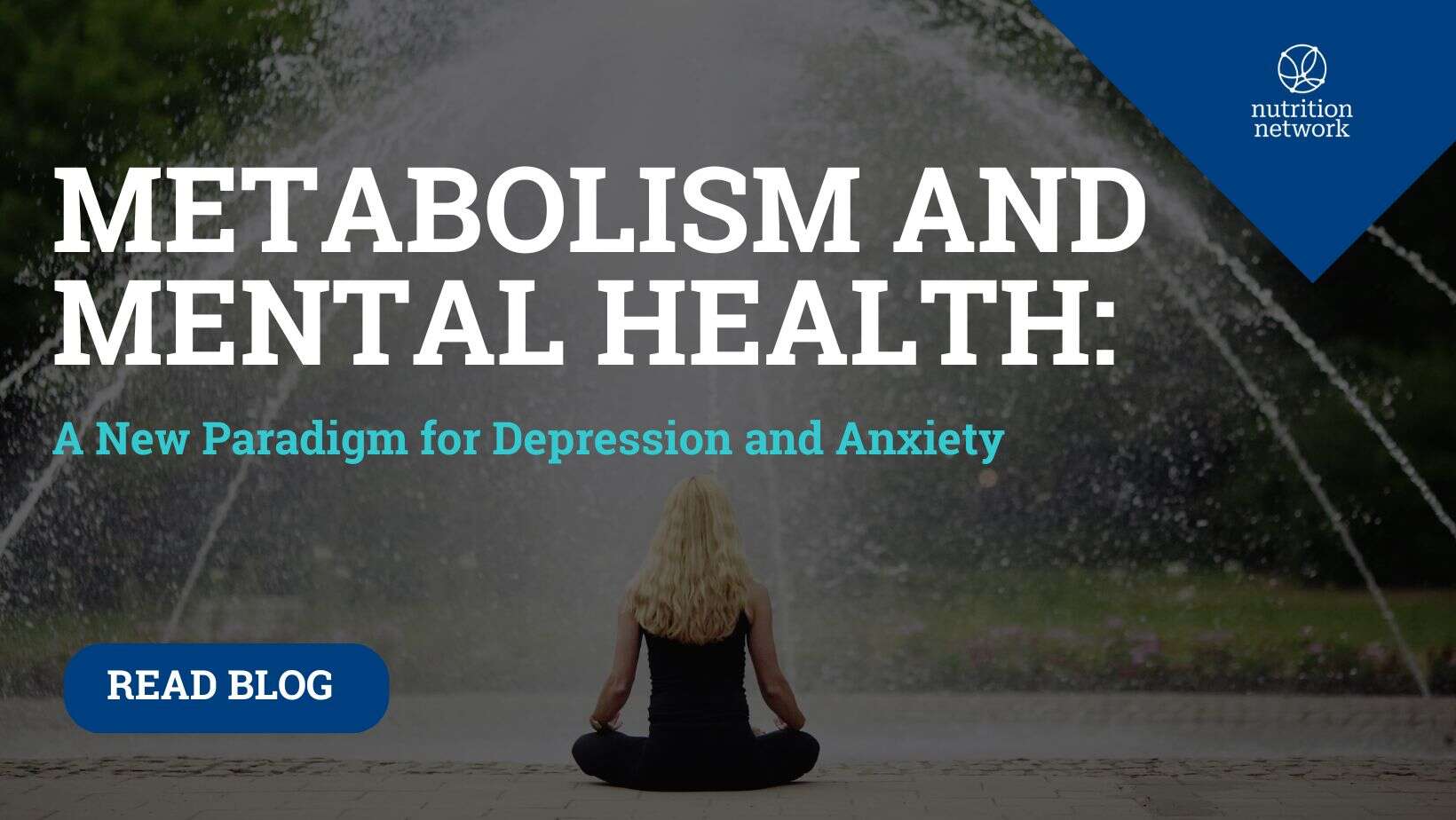Eat the bread. Here’s why…
Bread often gets a bad rap, blamed for blood sugar spikes, stubborn weight gain, and general carb overload. But here’s the good news: not all bread is created equal, and how you store it can make a surprising difference. That sourdough loaf in your freezer? It could be healthier than a freshly baked slice.
The secret lies in something called resistant starch—and yes, freezing and toasting your bread can help boost it.
What Is Resistant Starch, Anyway?
Resistant starch is a type of carbohydrate that resists digestion in the small intestine. Instead of quickly breaking down into glucose (sugar), it travels to the large intestine, where it ferments and feeds your beneficial gut bacteria. That fermentation process delivers a handful of powerful health benefits, including:
- Improved insulin sensitivity
- Reduced blood sugar response after meals
- Support for a diverse and thriving gut microbiome
Think of resistant starch as a slow-burning carb that helps your metabolism and gut rather than a fast-burning sugar bomb.
How Freezing (and Reheating) Increases Resistant Starch

Registered Dietitian at MyHealthTeam, Avery Zenker, explains, “The increase in resistant starch content of cooling or freezing bread is due to the process of retrogradation. When starches like wheat flour are cooked with moisture, they gelatinize and become more digestible. When starches are cooled after cooking, a process called retrogradation begins. During retrogradation, some of the starches realign and form crystalline structures that are more difficult for the body to digest and absorb. The starches are resistant to digestion, hence the name, “resistant starch”. Because less of the carbohydrates in the bread are absorbed, the impact on blood sugar is reduced, effectively improving the glycemic effect of the bread.”
Following the retrogradation process, toasting or reheating your bread then maximizes these glycemic effects. That reheated slice ends up with more resistant starch—and a lower glycemic impact—than when it was freshly baked. This means that, as a result of this process, freezing and toasting bread slows down how quickly your body turns it into sugar.
So if you’ve been skipping toast to keep your blood sugar steady, you might want to bring it back, with a few creative tweaks.
Why Sourdough Is Its Own Game Changer
While several types of bread provide starch-resistant benefits, if you’re going to freeze one, consider prioritizing a loaf of sourdough bread.
Sourdough is created through natural fermentation, giving it a leg up nutritionally by producing acids like lactic acid and acetic acid, resulting in a lower bread pH. Not only does this slow gastric emptying, but it also “slows the absorption of the carbohydrates into the bloodstream, helping reduce the glycemic effect of the bread,” Zenker says.
“The fermentation process also helps break down some of the fructans, which is a type of sugar in wheat. Fructans are a type of FODMAP, which are fermentable carbohydrates that cause some individuals digestive symptoms when consumed in excess, such as those with irritable bowel syndrome (IBS). By breaking down some of the fructans, sourdough bread may cause less digestive symptoms than other types of bread.
There is also potential for increased bioavailability of the nutrients in sourdough bread. Wheat contains phytic acid, which can bind to essential minerals like iron, zinc, and magnesium, preventing their absorption in the body. The fermentation process of sourdough bread can help degrade some of these phytates, making the minerals more available to be absorbed in the digestive tract.”
When you freeze and toast sourdough, it combines two digestion-friendly hacks: fermentation + resistant starch. That means better blood sugar regulation, less bloating, and more stable energy.
Not All Breads Are Equal

However, don’t expect miracles by throwing just any loaf of bread in the freezer without first looking at the label. Just like with other foods, some breads are far better choices than others regarding nutritional value and starch structure. Many commercially-baked breads are previously frozen; therefore, re-freezing at home may provide significantly less benefits from resistant starch. On the other hand, homemade or bakery bread made with minimal additives is more likely to have a more substantial effect.
“This is because many commercial breads contain ingredients like emulsifiers, conditioners, and preservatives to prevent bread from going stale, which also impedes the retrogradation process and formation of resistant starch,” Zenker explains. “A few examples that you might see on the ingredient list include monoglycerides and diglycerides, alpha-amylase, or sodium stearoyl lactylate. In contrast, bread made with just a few ingredients, like flour, yeast, water, and salt, has less barriers to resistant starch formation.”
Because not all types of breads are created equal, you’ll want to look for one that supports resistant starch and overall health. Your best bet is to check the nutritional label and ingredients list first and keep these tips in mind:
Choose these:
- Naturally fermented sourdough
- 100% whole grain breads
- Sprouted grain breads that include spelt, oat, or rye (such as Ezekiel bread)
- Breads that have a high fiber content
Watch out for these:
- Ultra-processed white bread
- High-sugar sandwich loaves, bagels, and brioche
- Enriched or “soft” breads loaded with preservatives and additives
(Pro tip: If it’s shelf-stable for weeks and has 15+ ingredients, it’s probably not doing your body any favors—freezer or not.)
Maximizing the Benefits of Your Bread
“Resistant starch content begins to increase the moment the bread begins to cool,” Zenker says. “The length of time that bread is frozen doesn’t appear to have a significant impact on the amount of resistant starch formed. One study found that there was minimal difference in the amount of resistant starch in bread frozen for 3, 5, or 7 days. In other words, freezing bread for a longer amount of time doesn’t appear to continually increase the resistant starch content. The amount of resistant starch will likely peak after a few hours, and plateau once the bread is fully frozen.”
Want to make the most of your frozen bread? Here are a few tips to try:
- Slice before freezing: If you have an unsliced bread, slice it before you throw it in the freezer. Grabbing and toasting individual slices is much easier than thawing the entire loaf first.
- Always reheat or toast after freezing: Reheating your bread after freezing helps maintain the resistant starch benefits.
- Pair your bread mindfully: Maximize your nutritional benefits by topping the bread with a healthy fat (like avocado or almond butter) or a protein (like eggs or cottage cheese) to curb blood sugar spikes.
- Enjoy it guilt-free: Bread can absolutely be part of a healthy diet when eaten with intention. Rather than feeling guilty for eating a carb, use the opportunity to your advantage in managing healthy blood sugar levels.
Bread doesn’t have to be the enemy. In fact, with the right loaf, the proper prep, and a little freezer magic, it can be a tool for better metabolic health, improved digestion, and greater satisfaction.
So go ahead: freeze it, toast it, love it. Your body—and your taste buds—will feel more stable, energized, and nourished.










